Our Most Loyal Friends Need to Hydrate, Too 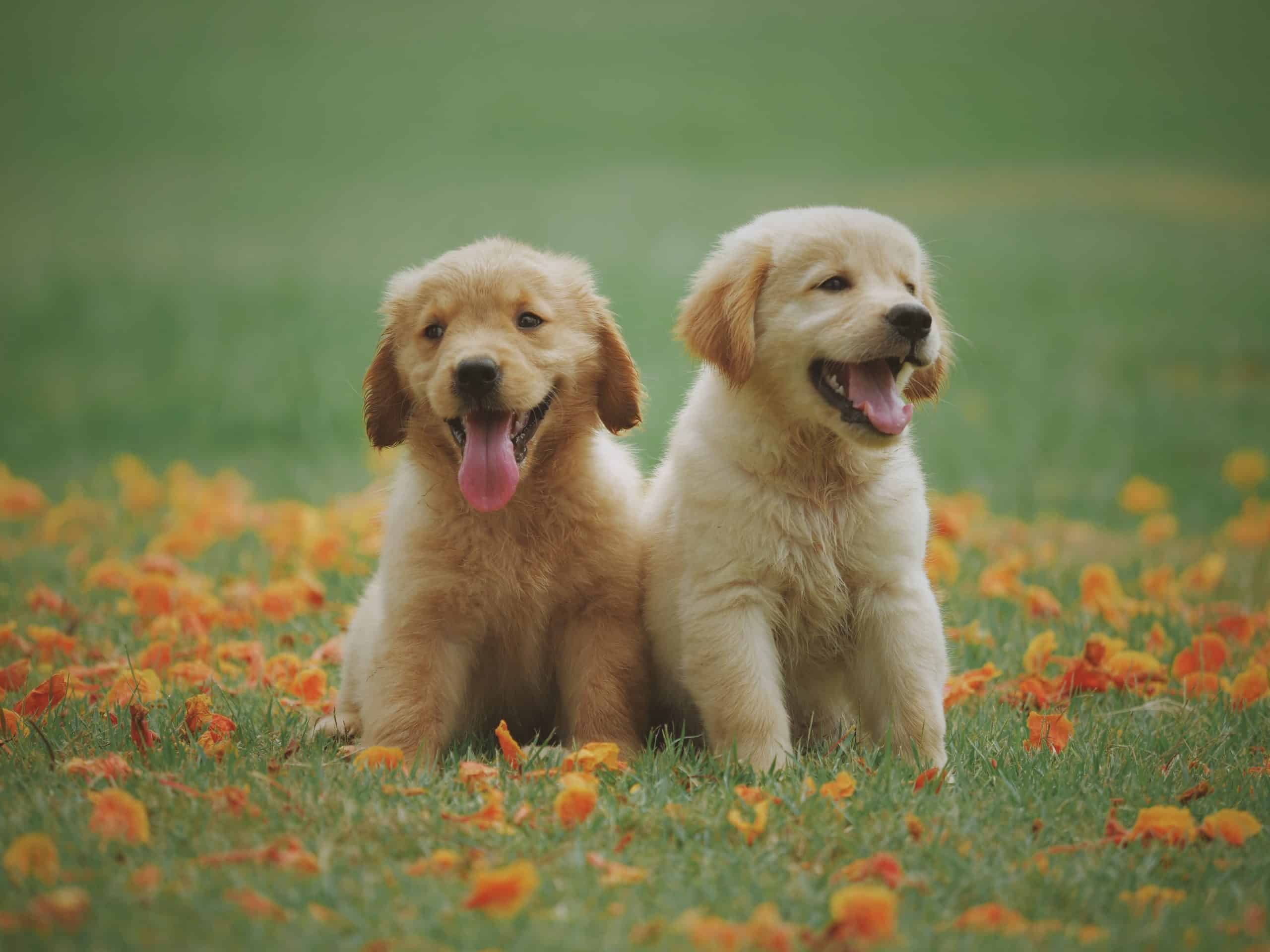
According to the American Kennel Club (AKC), adult dogs need about one ounce of water per pound of body weight per day. But growing puppies, despite their small size, drink proportionately more than their adult counterparts. And, on especially hot days our furry friends may need even more water. Help them stay hydrated this summer with solutions from Haws®. Visit https://www.hawsco.com for a variety of dog-friendly fountain options.
Post submitted by Joanne Benz, Market Researcher
A Drinking Fountain from 1910! 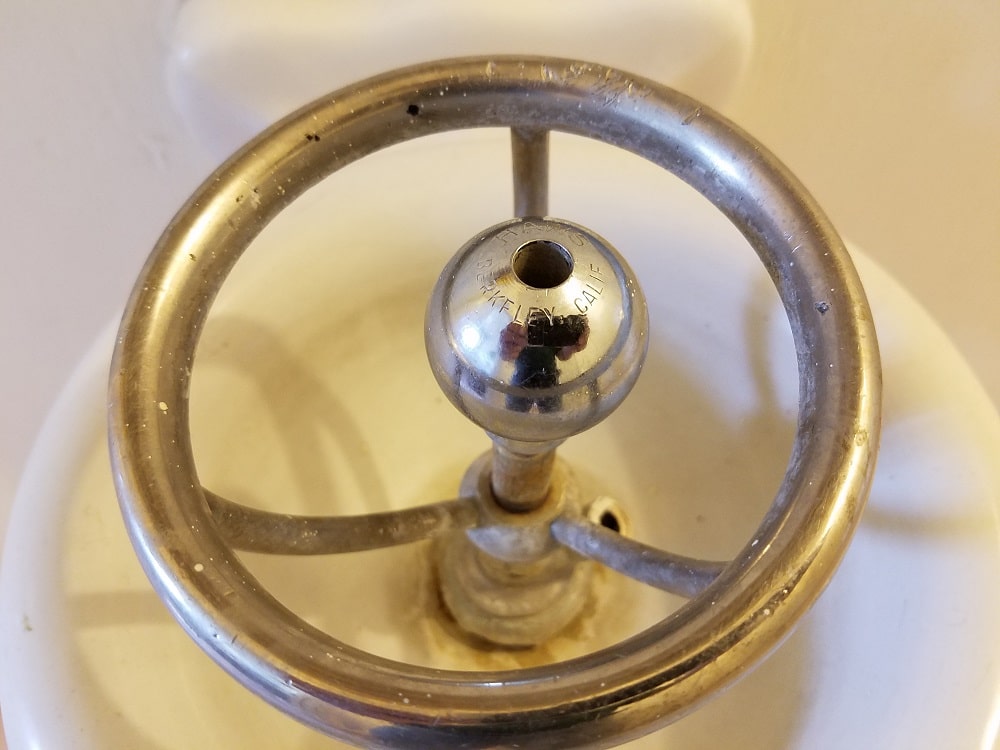
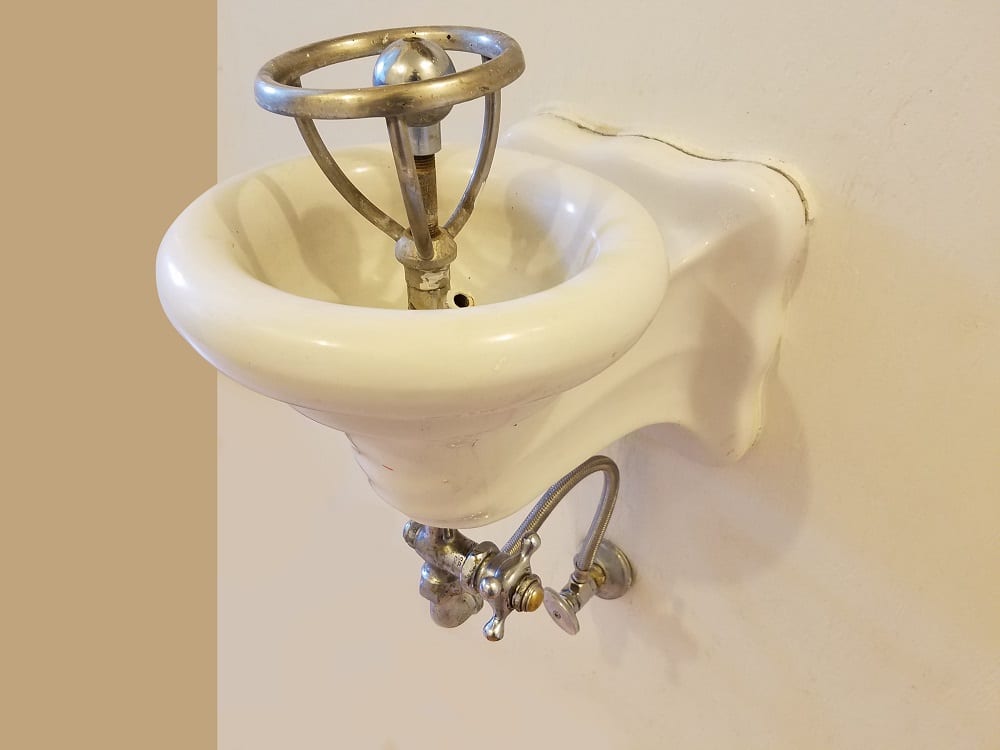 Honey Lake Valley Grange Hall in Johnstonville, California was built in the late 1880s. The raised ring is to help from putting one’s mouth on the bubbler, and the bubbler itself is engraved with Haws Berkeley, Calif.
Honey Lake Valley Grange Hall in Johnstonville, California was built in the late 1880s. The raised ring is to help from putting one’s mouth on the bubbler, and the bubbler itself is engraved with Haws Berkeley, Calif.
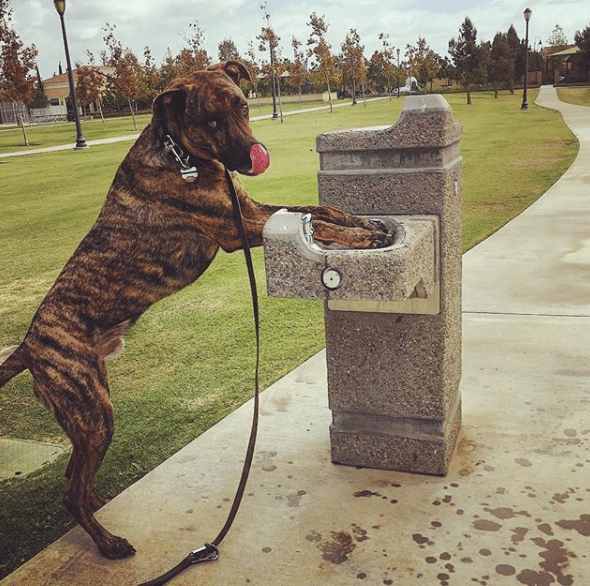 Is this doggy ADA compliant? @zusho
Is this doggy ADA compliant? @zusho
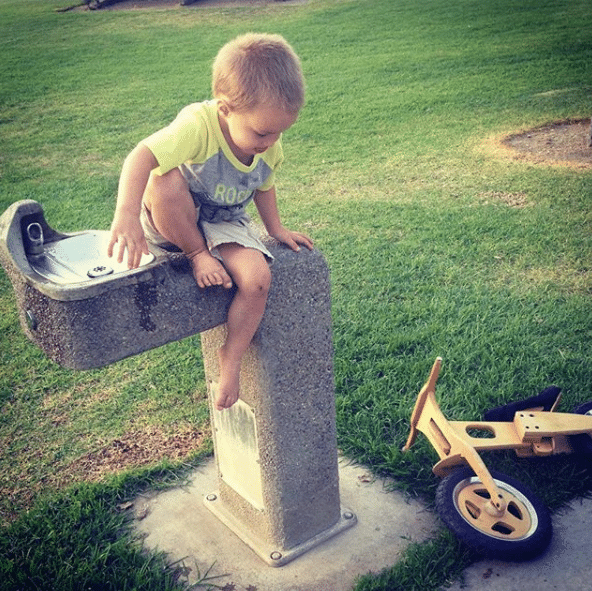 When you’re too short to get a drink and a great climber. @the_give_way
When you’re too short to get a drink and a great climber. @the_give_way
 Yes, I drink water from a water fountain. @ayyystella
Yes, I drink water from a water fountain. @ayyystella


Houston Zoo

 Utah’s Hogle Zoo
Utah’s Hogle Zoo
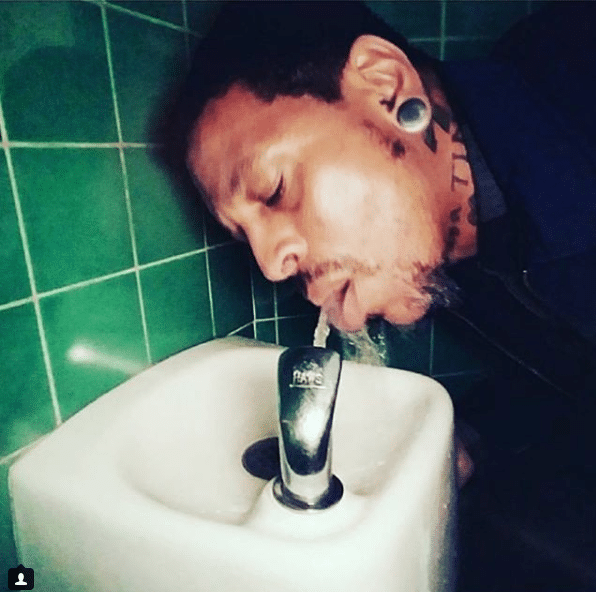
@wetap

@cjocey
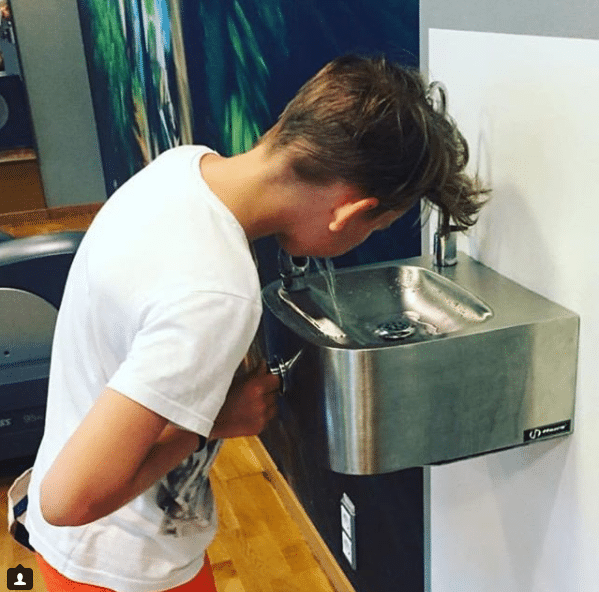
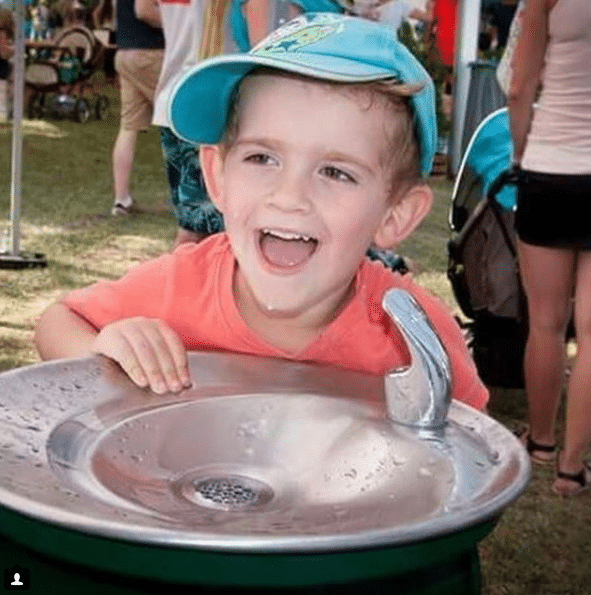

Haws® Attends IFMA & A+A in October Haws® exhibited at the recent International Facility Management Association (IFMA) World Workplace Conference & Expo October 18-20, 2017 in Houston, Texas. The World Workplace expo is an event geared toward learning and relationship-building within the facility management field. Attendees were able to see hundreds of Facility Management toys, tools, and resources from the leading names in FM solutions, including Haws. The attendees were able to see product demonstrations, attend informational sessions, and have one-on-ones with exhibitors. Haws was in a unique position to be the only Emergency Response Equipment and Hydration Products manufacturer at this event.
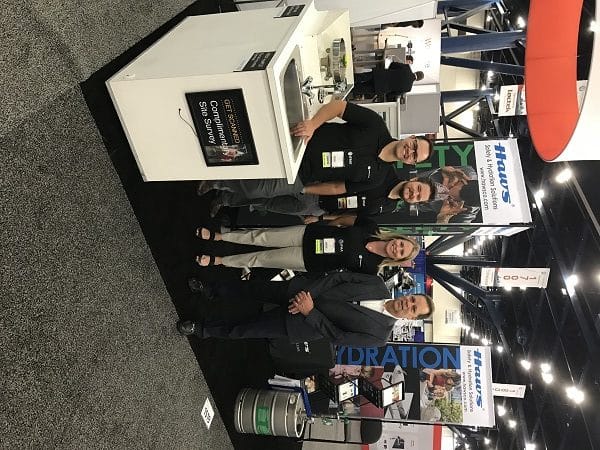
Haws AG also displayed at the A+A in Dusseldorf Germany. All aspects of safety, security, and health at work were brought together October 17-20, 2017 at the international trade forum that is A+A. Haws was able to present our emergency equipment and safety solutions to a global and highly qualified expert audience of decision-makers.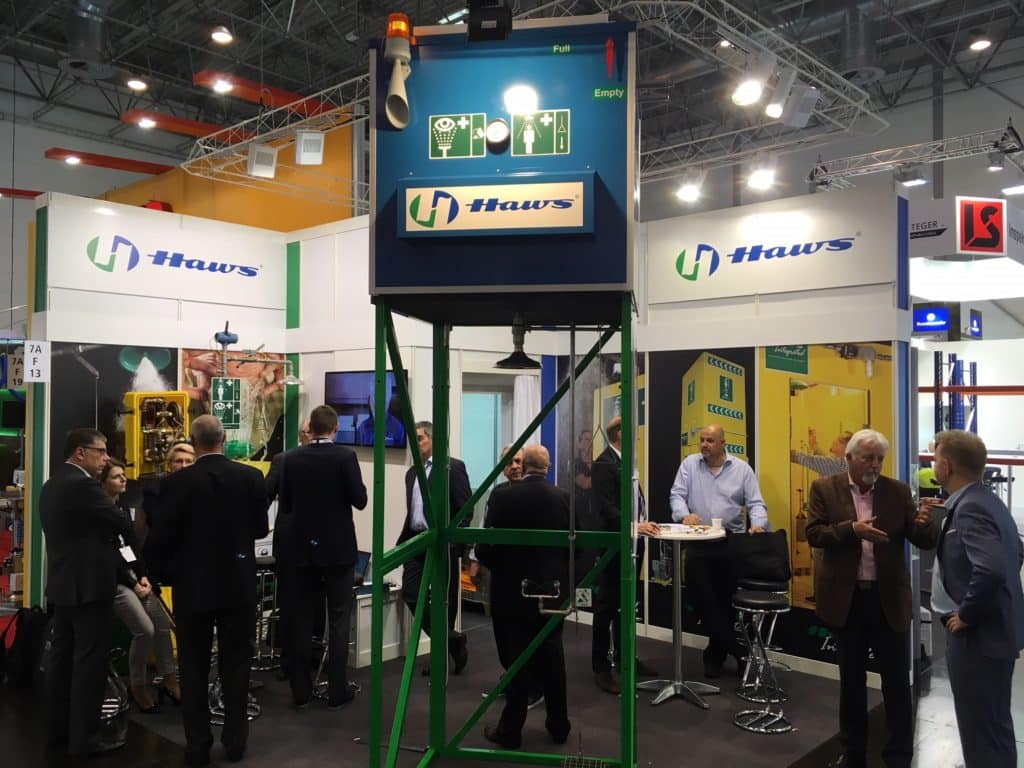
A Legacy of Innovation By Stephanie Kilroy
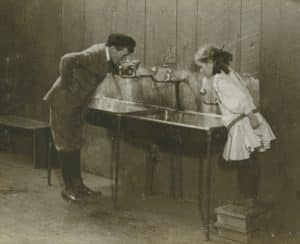
One hundred and ten years ago, Luther Haws created a drinking solution that would become the first product for Haws Sanitary Drinking Faucet Company. Luther saw children drinking from a common cup on a playground at a public school; as a result, he invented a bubblerhead drinking faucet. This innovation sparked what would eventually be an enterprise business employing over two hundred employees globally.
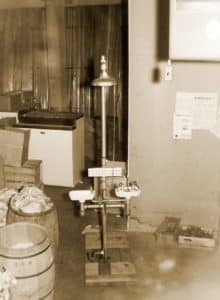
The product innovation initiated by Luther Haws continued across generations. In the 1940’s, maintenance men from an oil refinery in Richmond, CA would come by the Haws plant in Berkeley to shop for parts: round ball type bubblers, flow regulator and fittings. After inquiring about the need for these spare parts instead of completed models, Haws was informed that these parts were being used to build equipment to flush eyes. Employees at Haws sought to understand the needs of the customer and began making these emergency eyewashes and drench showers for them. This was the unofficial launch of Haws emergency equipment products; the earliest drawings date back to 1949.
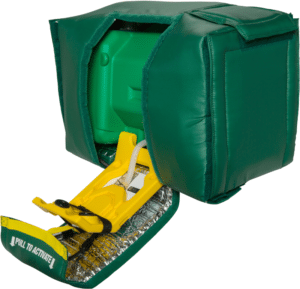 Haws employees have great pride in our innovative spirit which continues to thrive in 2017. One of Haws’ recent accomplishments has been the development of a professionalized R&D department. Under the leadership of Michael Joyer, new ideas are being generated regularly with many of these innovative ideas already introduced to the market. For example, the 7501T Tempered, Gravity-Fed, Portable Eyewash was one of the first products borne out of the R&D lab.
Haws employees have great pride in our innovative spirit which continues to thrive in 2017. One of Haws’ recent accomplishments has been the development of a professionalized R&D department. Under the leadership of Michael Joyer, new ideas are being generated regularly with many of these innovative ideas already introduced to the market. For example, the 7501T Tempered, Gravity-Fed, Portable Eyewash was one of the first products borne out of the R&D lab.
Haws is also called to innovate, not simply with new products, but in the way we do business. We are a stable, multigenerational family company, we are learning to change and improve processes. Haws employees are looking for internal efficiencies and ways in which we can best meet the needs of our customers. Recently, the Production team has developed a cross-training initiative aimed at flexing team work assignments to serve business demands.
These types of cross-functional, support teams are increasing and delivering impactful deliverables. In Q1, Marketing and Customer Service launched a Live Chat program on the Haws website to provide immediate access to customers. The Haws China website launch is another joint effort initiative intended to widen our global marketplace coverage. Launched in Q2 2017, this was a true collaboration between the Haws China and Corporate Marketing teams. And these are just a few of the examples of all the successful small and large activities that are helping drive change to redefine how we innovate, how we grow and how we foster a culture that is rewarding for all.
One hundred and ten years later, Haws continues our commitment to inventing, designing and manufacturing hydration products as well as standardized and customized emergency response products. With more than 8,000 distribution locations and 200 employees worldwide, we continually focus on quality, service, reliability and complete solution support. Headquartered in Sparks, Nevada, USA, Haws is globally represented with locations in Switzerland, Singapore, China, India, and Brazil. For more information on Haws, visit www.Hawsco.com.
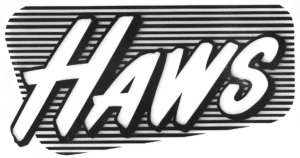
Haws in Action: Hands-on education with elementary students to promote creativity and curiosity in the science and engineering fields. Custom eagle and tree nest drinking fountain and a mural designed by students were unveiled June 5 at Veterans Elementary School – STEM Academy.
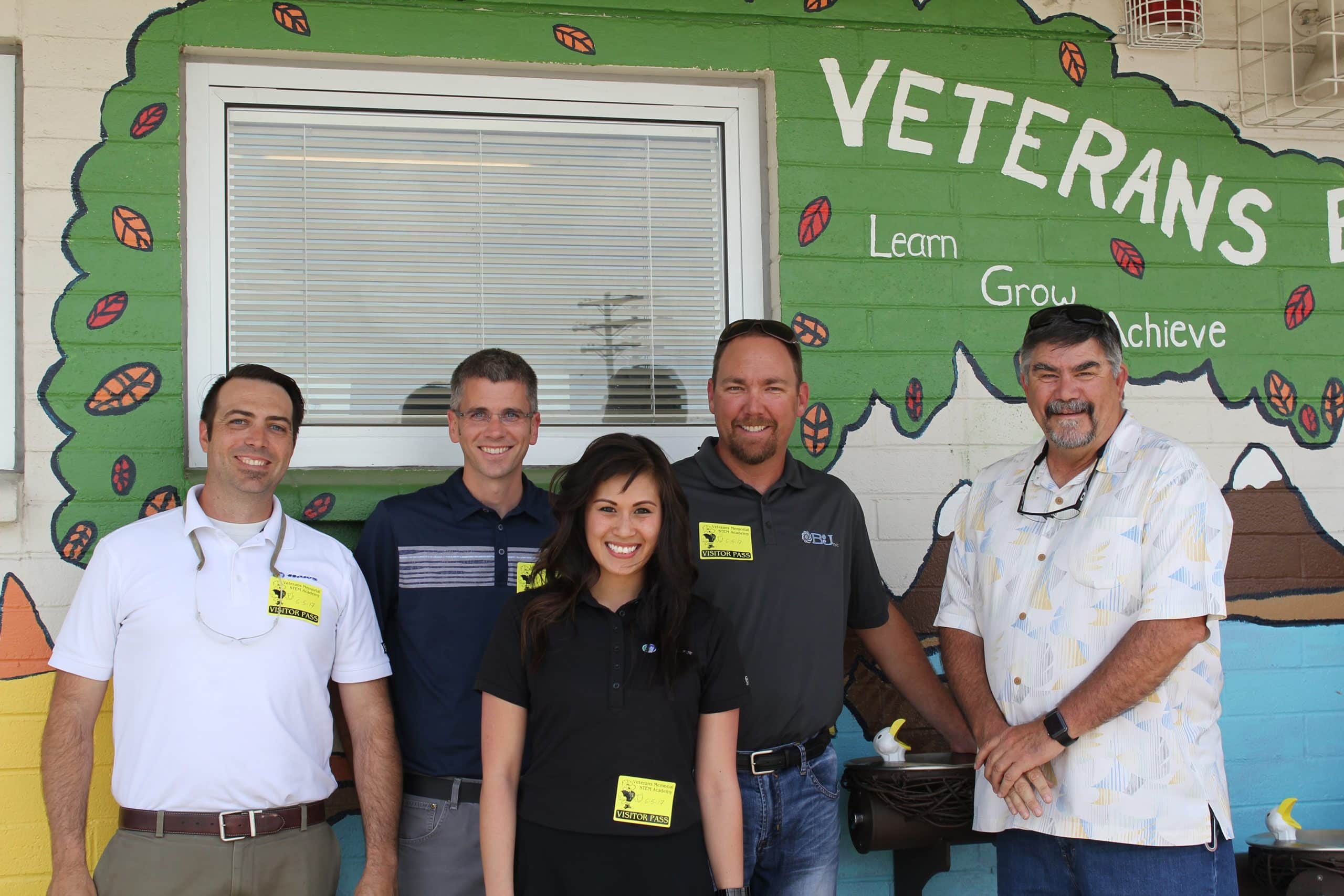
Together with Veteran’s Elementary School (Reno, Nevada) and other local manufacturers, Haws Corporation’s Research & Development team created and implemented a custom drinking fountain project for 1st and 5th-grade students for the 2016-2017 school year. After working with the STEM Academy faculty and students for several years, Michael Joyer – Haws R&D Manager, developed a new project idea that would allow the students to fully engage with an Engineering project to help make the connection between the creative and technical side of science, technology, engineering, and art. A drinking fountain was a natural choice for Michael Joyer and Mindy Haffke, Haws R&D Engineer, given Haws’ 110 years heritage as the original drinking faucet inventor with Berkeley School District. “From the beginning, this project was something our students held dear,” said Ron Jones, a fifth-grade teacher at the school who worked directly with the engineers. “They took great joy in considering their ideas, collaborating with their classmates, and creating something that will be on our campus for many years to come.”
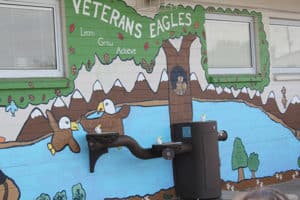
Throughout the process of creating the fountain, the Haws team met with the students and helped guide their project by melding individual student design concepts together to create a bird’s nest drinking fountain with nests for the water bowls, eagle head bubblers, and a mister – a tribute to the STEM Academy’s Eagle mascot. The process involved 3D models, castings, and design changes with students participating monthly in order to realize a final creation. B&J Inc. donated the material and metal fabrication services to bring the student’s unique design to life and additional support services were donated by NeoMek and Zevado Corporation. In addition, students created a mural under the direction of art teacher Elizabeth Brooks and resource teacher Alita Lutrick. “It was a fun project to help the kids design their own fountain,” said Mike Joyer, R&D Manager of Haws. “We really enjoyed teaching them the engineering process from start to finish, and we hope this project inspires all of them to consider engineering careers when they grow up.”
To learn more about Haws specials please visit Haws Specials.
EBMUD proposes water bottle fill stations at public places OAKLAND, CALIFORNIA — The East Bay Municipal Utility District laid out plans Tuesday for a pilot program to open seven water fill stations to promote tap water use and reduce use of disposable plastic water bottles.
If the stations prove popular, the water district would consider opening more of them within its territory in Contra Costa and Alameda counties.
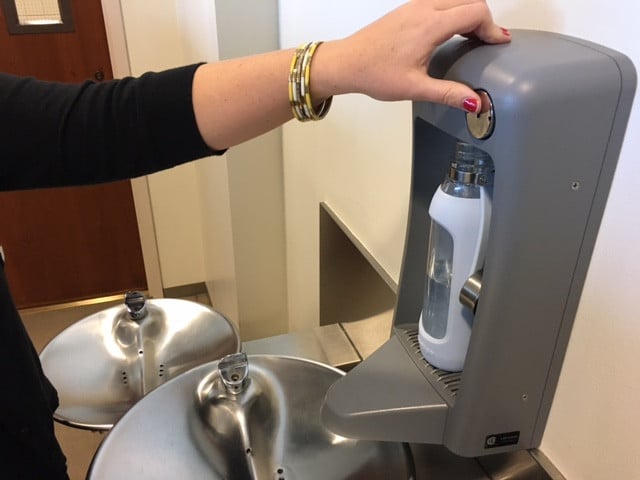
The vertical design of the proposed EBMUD water stations make it easy to fill up water bottles. (Denis Cuff)
Unlike traditional water fountains that bubble water upward, the hydration stations dispense water downward to quickly and conveniently fill up water bottles, which can be carried to work and school or on runs and hikes. Fountain angles often make it difficult to fill a bottle.
“The idea is to get people to drink more tap water and produce less plastic trash,” said Marguerite Young, an EBMUD board member from Oakland. “We have very high quality water, and drinking tap water costs a small fraction of purchased bottled water.”
Young and two others on the board’s sustainability and energy committee informally supported the plan Tuesday. The committee told district managers to work out details of the program and line up sites at schools, parks and transit stations.
EBMUD officials said they would like to install a fill station at up to three BART train stations because they believe it would be popular, providing a good test of the program.
While many airports have bottled water fill stations located past security checkpoints, BART has none in its sites. BART bans drinking water or other liquids on train cars to help keep them clean.
BART spokesman Jim Allison said the train system hasn’t had time to study the proposal and take a position on it.
Water district officials estimate it would cost $70,000 to $160,000 to establish seven stations. Estimates vary sharply because a station would cost much more if the site didn’t already have water pipes.
Bottled water companies say their product is popular because it’s convenient to use.
Water district staffers said promoting tap water use is an environmentally friendlier alternative to having people use bottled water.
“Hydration stations also reduce energy use and the amount of plastic bottles sent to landfills or to the San Francisco Bay,” water district managers wrote in a report.
About 11 billion gallons of water was sold in plastic bottles in the nation in 2014, and the number is on the rise, according to the report.
The per capita national sales volume of bottled increased from 23 gallons to 34 gallons per year in the decade between 2004 and 2014, according to a water district report.
Yet bottled water is about 2,000 times more energy intensive than tap water, and 80 percent of plastic water bottles end up in landfills or as litter, district officials said.
“Our EBMUD water is very high quality,” said Jenesse Miller, a district spokeswoman. “It comes from the Sierra snow melt.”
About 25 percent of bottled water sold in this country is actually public tap water, officials added.
The East Bay district captures Mokelumne River water from the Sierra foothills and pipes it to 1.4 million people in Alameda and Contra Costa counties.
[The Mercury News]
Is it a Bubbler or a Drinking Fountain? Author: Sean Christensen
University of Wisconsin- Whitewater
I posted an inquiry on the LINGUIST listing on the distribution of the word “bubbler” as a synonym for drinking fountain. Thanks to all who responded, which are too many to list. The Dictionary of American Regional English has also extensively investigated this word and it was my goal to gain more specific information than that supplied by DARE (for example, the regional distribution within Wisconsin.)
Here is a summary of my findings:
In Wisconsin, bubbler is used throughout the eastern half of the state, particularly along the coast of Lake Michigan and becomes less prominent the further west one travels. The “stronghold” of bubbler appears to be in Milwaukee and its suburbs. Milwaukee is also thought to be the geographic origin of bubbler, coined by the Kohler company in the early 1900’s.
My university (UW-Whitewater) appears to be in conflict over what to call drinking fountains. In one of our residence halls there is a sign asking residents to not use the drinking fountain as a garbage disposal. The word ‘drinking’ is crossed out, and ‘water’ is put in its place. Then ‘water’ and ‘fountain’ are crossed out, and ‘bubbler’ is put in their place. It goes to show you that people can be very loyal to their colloquialisms!
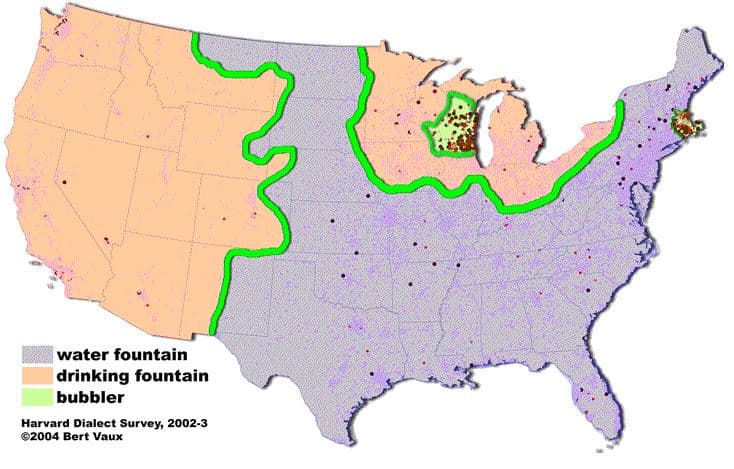
My research provided no evidence for the term’s use in Minnesota or Illinois, but I did find the word in use along the western part of Michigan’s Upper Peninsula (which borders Wisconsin’s bubbler-using region.) If bubbler is used anywhere else in the Midwest, its existence escaped my research. In fact, I found no evidence of the word’s use within the U.S. west of the Mississippi or south of the Ohio River.
The other region that uses the term includes the state of Rhode Island (where it is used exclusively by many speakers), far eastern Connecticut, and southeastern Massachusetts- including the Boston area. I had people from this region respond with amusement because they didn’t know the word was used anywhere outside of their area.
Lastly, and much to my surprise, bubbler is used in southeastern Australia- predominately in New South Wales (including Sydney and Canberra) and in portions of the provinces bordering New South Wales. The information on Australia is only based on a few responses, but there were some, especially in Sydney, who used bubbler exclusively while growing up. There were some from parts of Australia who had never heard the term before, so it does appear that it is also regionally distributed in Australia.
There were some who distinguished bubblers from drinking fountains. Some only called outside fountains, bubblers, while others vice versa. One only called non-refridgerating fountains, bubblers.
Drinking fountain seems to be the generic term that everyone is familiar with, whether they use it or not. Other synonyms are: water fountain, water cooler, fountain, and water bubbler. For what its worth, the only accounts I had of the term ‘water bubbler’ were among African Americans from Milwaukee (but this only included three people.) Just plain ‘fountain’ seemed to be the word of choice in northwestern Wisconsin, while drinking fountain and water fountain were used pretty interchangeably everywhere else.
As for its use in literature, the only printed documentation of bubbler I could find (under the given definition) was a 1985 Milwaukee Journal article which was about the word’s usage in Milwaukee.
I realize that some of my findings are inconsistent with DARE- I believe this is because my research was not nearly as thorough as DARE, and didn’t take into account historical usage, only current usage.
PHOTOS: Kids and Puppies Need to Hydrate Too 



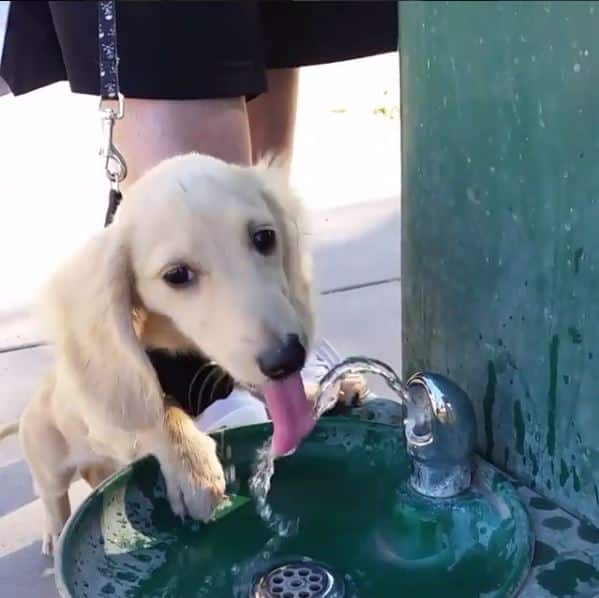


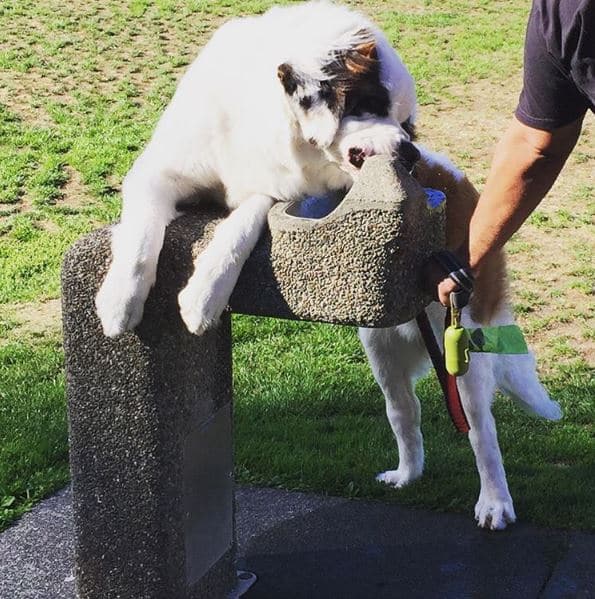
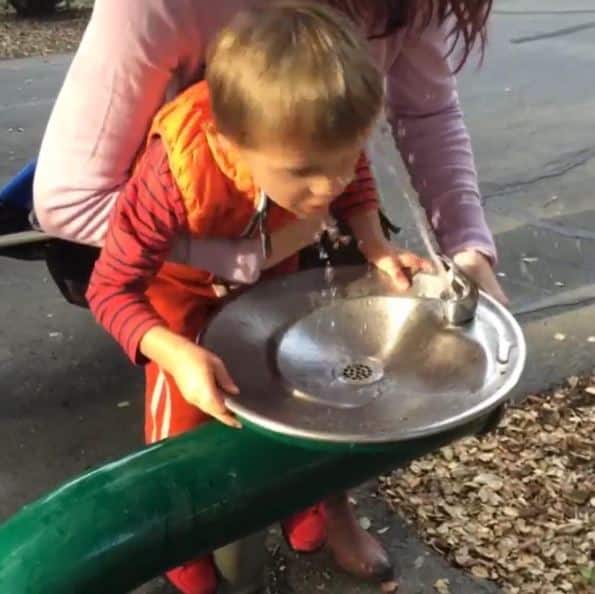
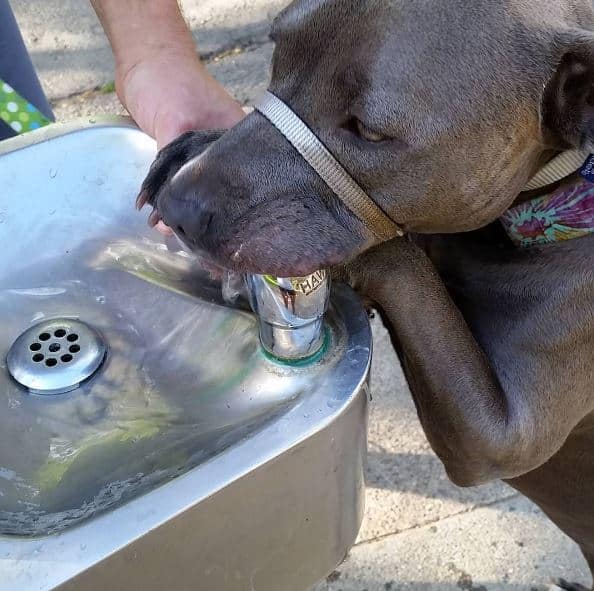
Reduce Plastic Waste by Adding a Bottle Filler to a Drinking Fountain
Article Re-post: Are Your Children Dehydrated At School? BRITA reveals the statistics of children’s drinking habits at school and that parents don’t know how much their children drink at school.
A new study by BRITA – Europe surveyed 2,000 parents of primary school children. The results show that almost three quarters of parents don’t know how much water their children drink whilst at school. 66% of parents admitted to not knowing the recommended daily intake of fluid for children.
- 92% of parents believe hydration is important for their children and it helps to boost concentration levels during lessons.
- Parents have more control over their children’s drinking habits during the weekends and holidays and 63% of parents say they encourage their child to drink plenty of water when they are at home.
- 77% of parents across the nation said that the main challenge they face with their children is combating their forgetfulness when it comes to drinking the recommended amount of water.
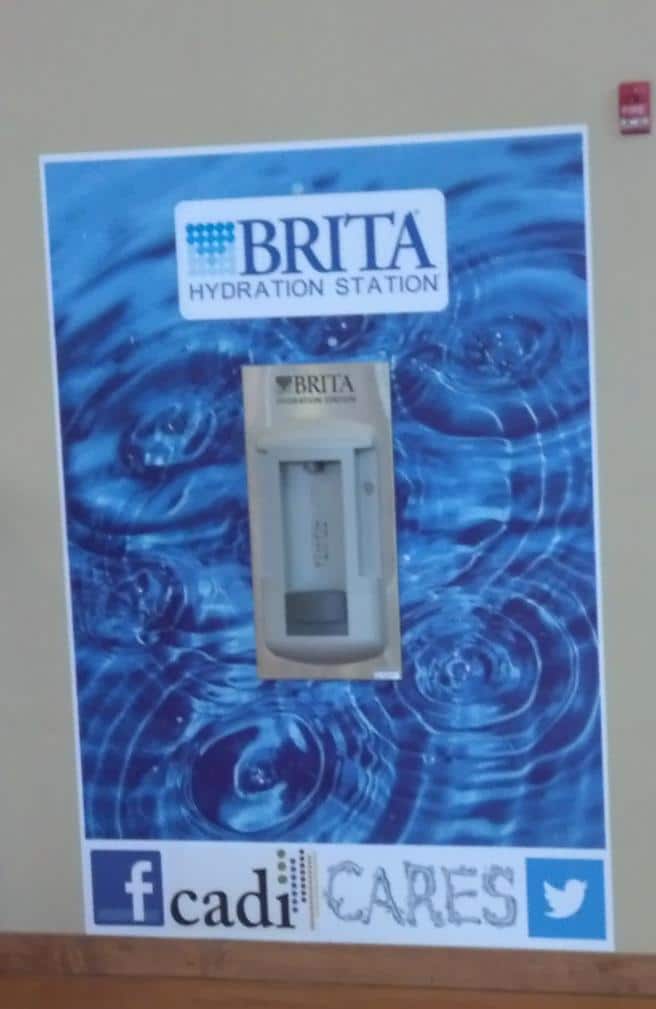 Renowned London dietician and nutritionist, Jo Travers commented “Children are less likely to recognize the early stages of thirst, which adults are more aware of, meaning they can forget that drinking water regularly is important. When children return to school, after being under their parent’s guidance during the holidays, they can quickly get out of the habit of drinking regularly if they aren’t being reminded.”
Renowned London dietician and nutritionist, Jo Travers commented “Children are less likely to recognize the early stages of thirst, which adults are more aware of, meaning they can forget that drinking water regularly is important. When children return to school, after being under their parent’s guidance during the holidays, they can quickly get out of the habit of drinking regularly if they aren’t being reminded.”
Parents notice when their child is dehydrated when returning from school, over half of the respondents said their children are irritable and 59% of parents said their child was tired.
Jo Travers adds “Children require higher quantities of water in relation to their body weight than adults. When hydrated, children have greater cognitive function, better visual attention, improved accuracy in motor skills such as handwriting, and more concentration which helps them to perform better. Therefore it is important that parents have access to the right information and support to help them keep their children hydrated throughout the school day.”
Read the full article here: Female First – Are your children dehydrated?
Have You Seen a Haws? Have you seen a Haws product installed out in the field? If so, hashtag #Haws for a chance to win a $25 Starbucks card!
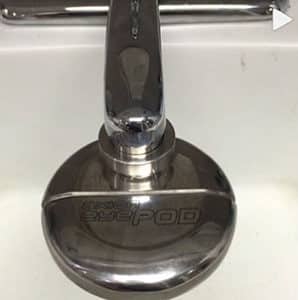
AXION® eyePOD® from a Toronto based dental practice. @targetcontracting

Antique Haws drinking fountain in Arizona. @iamkalin

Brita® Hydration Station® installation on UNLV campus. @ttbtatunlv

Haws bubbler head. @rusticranger

Haws eyewash poster. @moxymoth
Can Drinking Fountains Make a Comeback? In an effort to not use plastic water bottles, drinking fountains are coming back into style. Drinking fountains are saving the environment while keeping people hydrated (Go Haws!).
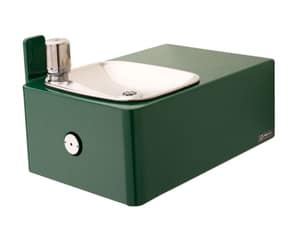
In Lafayette, Louisiana, a few men who are frequent runners, are in works of bringing drinking fountains back to Lafayette and they are seeking help. Last fall, Mark C. LeBlanc and Butch Roussel were running together and lamenting that the lack of drinking water fountains limited to their route. Roussel had just launched civicside.com, a crowdfunding/kick-starter website to fund community projects,”That seemed like a logical way to bring filtered water fountains to various neighborhoods where people are active”, LeBlanc said.
The Hydrate Lafayette project took months to coordinate. Getting permission and help from from various Lafayette businesses and organizations like: consolidated government departments, works with a plumber, homeowners, the University of Louisiana at Lafayette’s Department of Industrial Design, and architecture took time.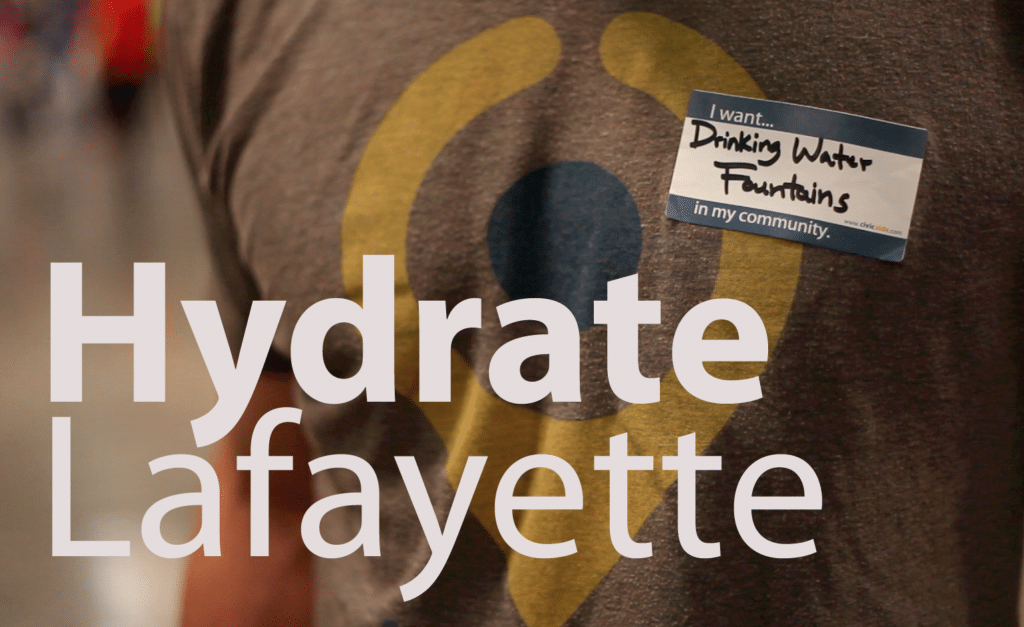
LeBlanc stated,”A couple of people in Lafayette have water fountains on their mailboxes. They let anyone drink out of them. That gave us the idea to see if we could get more homeowners to put fountains in.”
“Using 80 percent recycled materials, UL students designed and built several structures to support a water source and four winners were selected”, LeBlanc said. Four others will be pedestal-type fountains similar to brick mailboxes, he said.
Now they’re trying to fund the $14,500 project through civicside.com under Hydrate Lafayette. As of noon 6/5/15, they were approaching 30 percent of their goal with only 24 days left.
The drinking stations will serve runners, bicyclists, walkers, children playing in neighborhoods, pets, the homeless and athletes. Two station locations that have been revealed thus far at St. Joseph Diner and the UL intramural field.
“The initial idea was for runners and walkers, people who are active,” Roussel said. “But when you involve something like St. Joseph Diner, that’s an area of town where people could use the fountain for a necessity, not because I don’t want to bring my water bottle around.”
It’s about more than that for LeBlanc, too.
“I would like to see it succeed to prove to the public if you want something done you don’t have to wait for politicians and bureaucrats to do it,” he said.
Want to help fund public water fountains in Lafayette?
Visit civicside.com and Hydrate Lafayette.
Source: Claire Taylor

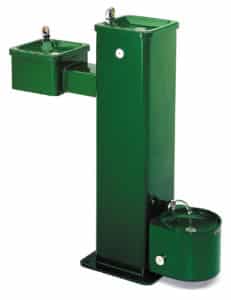
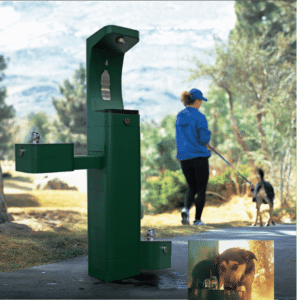


















 Haws employees have great pride in our innovative spirit which continues to thrive in 2017. One of Haws’ recent accomplishments has been the development of a professionalized R&D department. Under the leadership of Michael Joyer, new ideas are being generated regularly with many of these innovative ideas already introduced to the market. For example, the
Haws employees have great pride in our innovative spirit which continues to thrive in 2017. One of Haws’ recent accomplishments has been the development of a professionalized R&D department. Under the leadership of Michael Joyer, new ideas are being generated regularly with many of these innovative ideas already introduced to the market. For example, the 














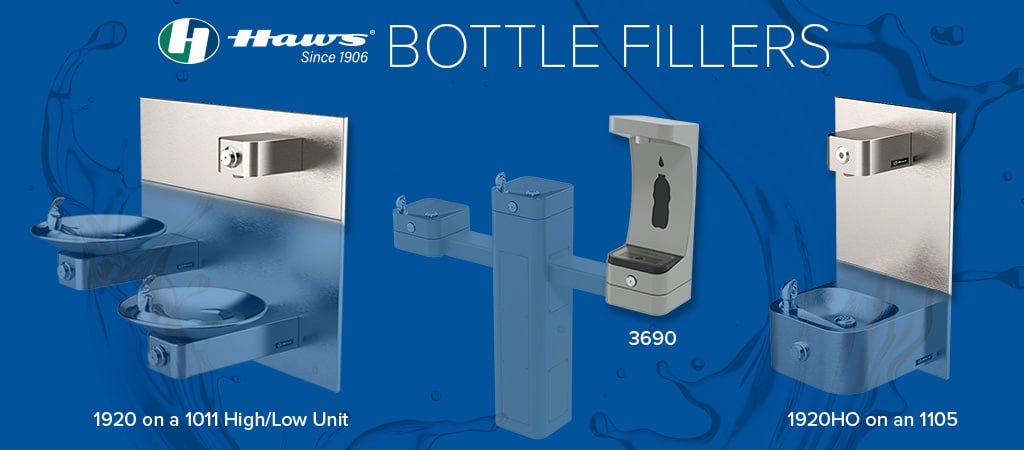
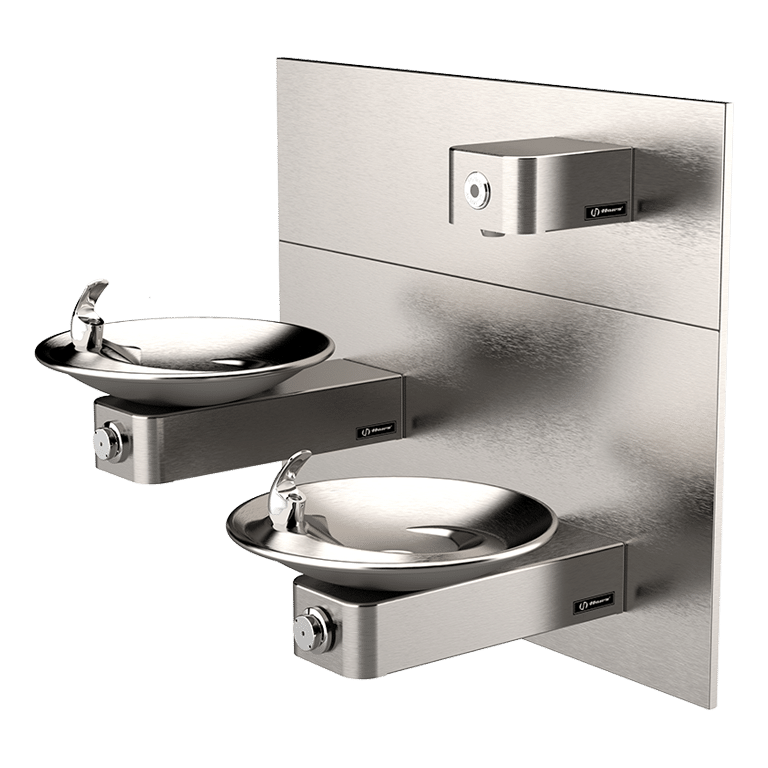
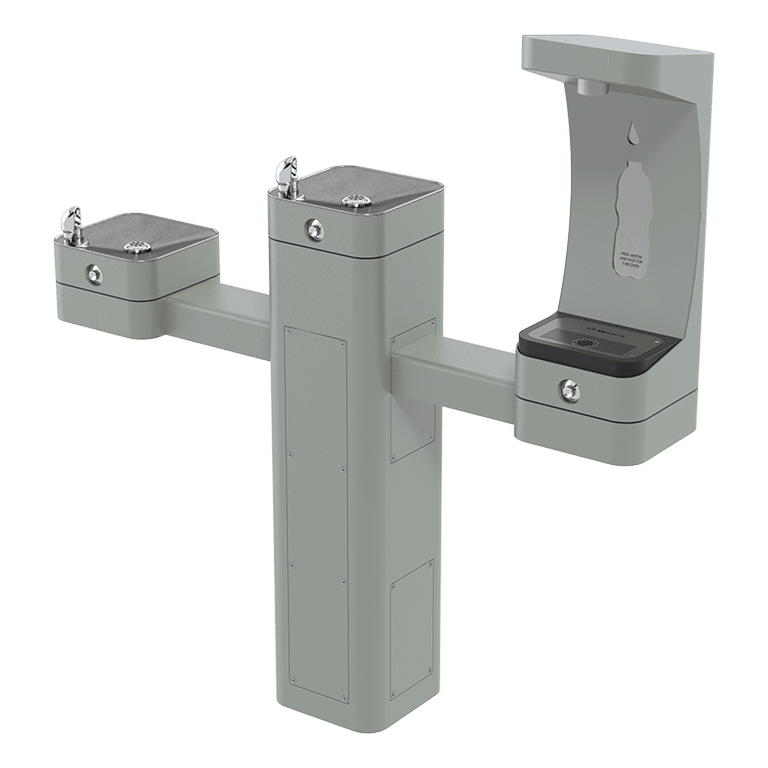
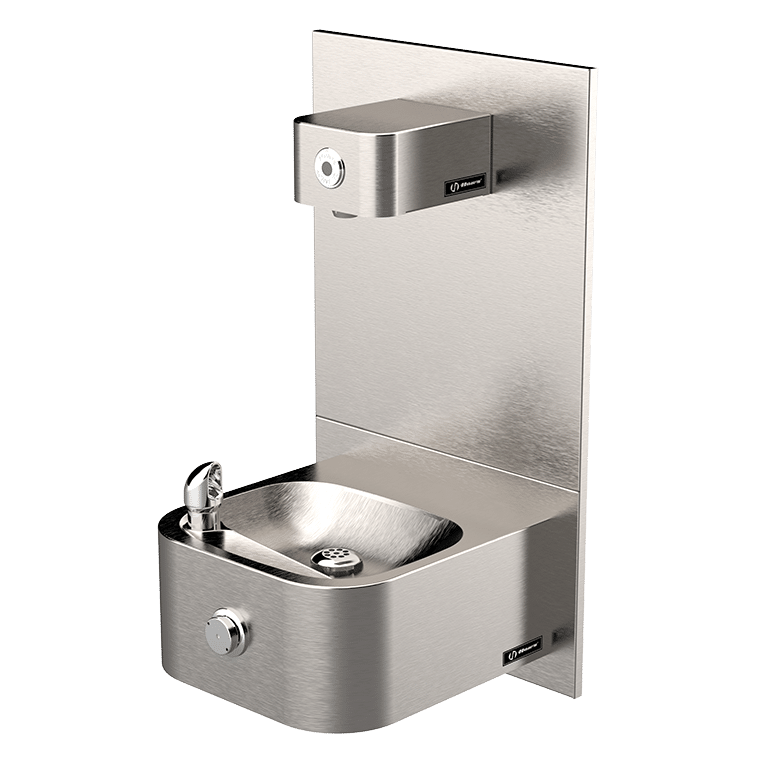
 Renowned London dietician and nutritionist, Jo Travers commented “Children are less likely to recognize the early stages of thirst, which adults are more aware of, meaning they can forget that drinking water regularly is important. When children return to school, after being under their parent’s guidance during the holidays, they can quickly get out of the habit of drinking regularly if they aren’t being reminded.”
Renowned London dietician and nutritionist, Jo Travers commented “Children are less likely to recognize the early stages of thirst, which adults are more aware of, meaning they can forget that drinking water regularly is important. When children return to school, after being under their parent’s guidance during the holidays, they can quickly get out of the habit of drinking regularly if they aren’t being reminded.”









